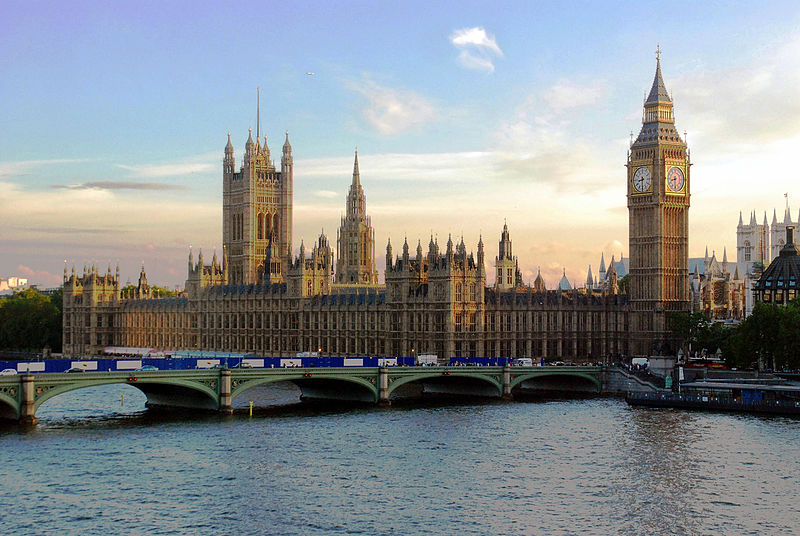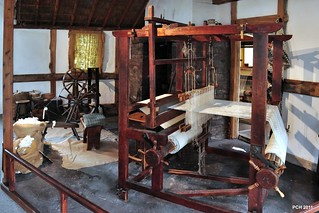WHAT'S LOVE GOT TO DO WITH IT ?
Siamo tutti convinti che L'amore e qualche cosa che è dentro di noi, pensiamo che quando amiamo stiamo facendo qualcosa di fantastico . pensiamo che stiamo donando una grande generosita. Anche coloro che hanno tradito per anni le loro moglie o mariti alla fine pensano : communque li amo , The thinking is like this , "even though I need all these extra sex rapports this is the person that I come home to ".Very often it is that that person pays half or most of the bills translated into love .
The plain person who meets a very beautiful person wants them at any cost if they are minimally normal in personality and then thinks that that very beautiful person wants them because they have a certain magic . Plain wants beautiful because beautiful gives meaning to a dull life.
The Animal lover loves their pets because they think that the pet loves them and does not merely see them as their food ticket returning home. The pet for the animal lover is very often a substitute for love or a child's love.
The artist will say he does his art for the love of art but not admit that he or she does it for admiration or adulation/love because he or she does something not everyone can do or at least do well.
The point is that love does exist but love is only about an individual loving himself or herself , the people who are in our lives are merely mirrors who reflect our love of ourselves, for instance the beautiful partner is not really there because you love that person but there because they reflect who you want to be in the sense that yes an extremely attractive person loves me thus supporting our love of ourselves. The thinking of many women is not just about a handsome man but based on the fact if that man has power , the thinking is then very basic, "he has power and can have who he wants but does he want me"?
The lottery is based on this or things like it .The person loved by everyone wants only you. That means your love of yourself is respected and supported by a person who could have anyone but wants you. You win the lottery.
And that leaves the unattractive and the idiotic. When the beautiful people have finished pairing off the uglies and unattractive and idiotic pair off too but in the case of these undesirables it is nearly all a case of a compromise rapport. (A friend of mine who is wonderfully beautiful but lets say lacking in worldly ways married an extremely ugly man so the beautiful do end up with the uglies but only in this context). In the case of the unwanted their excuse is " well my partner is a good man" or " my partner is intelligent and thats more important than good looks" . All bullshit of course because bullshit is bullshit and love is love as in I LOVE ME every time we look in the mirror AND you MERELY reflect I LOVE ME.
Siamo tutti convinti che L'amore e qualche cosa che è dentro di noi, pensiamo che quando amiamo stiamo facendo qualcosa di fantastico . pensiamo che stiamo donando una grande generosita. Anche coloro che hanno tradito per anni le loro moglie o mariti alla fine pensano : communque li amo , The thinking is like this , "even though I need all these extra sex rapports this is the person that I come home to ".Very often it is that that person pays half or most of the bills translated into love .
The plain person who meets a very beautiful person wants them at any cost if they are minimally normal in personality and then thinks that that very beautiful person wants them because they have a certain magic . Plain wants beautiful because beautiful gives meaning to a dull life.
The Animal lover loves their pets because they think that the pet loves them and does not merely see them as their food ticket returning home. The pet for the animal lover is very often a substitute for love or a child's love.
The artist will say he does his art for the love of art but not admit that he or she does it for admiration or adulation/love because he or she does something not everyone can do or at least do well.
The point is that love does exist but love is only about an individual loving himself or herself , the people who are in our lives are merely mirrors who reflect our love of ourselves, for instance the beautiful partner is not really there because you love that person but there because they reflect who you want to be in the sense that yes an extremely attractive person loves me thus supporting our love of ourselves. The thinking of many women is not just about a handsome man but based on the fact if that man has power , the thinking is then very basic, "he has power and can have who he wants but does he want me"?
The lottery is based on this or things like it .The person loved by everyone wants only you. That means your love of yourself is respected and supported by a person who could have anyone but wants you. You win the lottery.
And that leaves the unattractive and the idiotic. When the beautiful people have finished pairing off the uglies and unattractive and idiotic pair off too but in the case of these undesirables it is nearly all a case of a compromise rapport. (A friend of mine who is wonderfully beautiful but lets say lacking in worldly ways married an extremely ugly man so the beautiful do end up with the uglies but only in this context). In the case of the unwanted their excuse is " well my partner is a good man" or " my partner is intelligent and thats more important than good looks" . All bullshit of course because bullshit is bullshit and love is love as in I LOVE ME every time we look in the mirror AND you MERELY reflect I LOVE ME.


 and Fawkes was placed in charge of the gunpowder they stockpiled there. Prompted by the receipt of an anonymous letter, the authorities searched Westminster Palace
and Fawkes was placed in charge of the gunpowder they stockpiled there. Prompted by the receipt of an anonymous letter, the authorities searched Westminster Palace  during the early hours of 5 November, and found Fawkes guarding the explosives. Over the next few days, he was questioned and tortured, and eventually he broke. Immediately before his execution on 31 January, Fawkes jumped from the scaffold where he was to be hanged and broke his neck, thus avoiding the agony of the mutilation that followed.
during the early hours of 5 November, and found Fawkes guarding the explosives. Over the next few days, he was questioned and tortured, and eventually he broke. Immediately before his execution on 31 January, Fawkes jumped from the scaffold where he was to be hanged and broke his neck, thus avoiding the agony of the mutilation that followed.
 who fights against a fictional
who fights against a fictional  Guy Fawkes Day, Plot Night and Bonfire Night; the latter can be traced directly back to the original celebration of 5 November 1605.Bonfires were accompanied by fireworks from the 1650s onwards, and it became the custom to burn an effigy (usually the pope) after 1673, when the heir presumptive, James, Duke of York, made his conversion to Catholicism public. Effigies of other notable figures who have become targets for the public's ire, such as Paul Kruger and Margaret Thatcher, have also found their way onto the bonfires, although most modern effigies are of Fawkes. The "guy" is normally created by children, from old clothes, newspapers, and a mask. During the 19th century, "guy" came to mean an oddly dressed person, but in American English it lost any pejorative connotation, and was used to refer to any male person.
Guy Fawkes Day, Plot Night and Bonfire Night; the latter can be traced directly back to the original celebration of 5 November 1605.Bonfires were accompanied by fireworks from the 1650s onwards, and it became the custom to burn an effigy (usually the pope) after 1673, when the heir presumptive, James, Duke of York, made his conversion to Catholicism public. Effigies of other notable figures who have become targets for the public's ire, such as Paul Kruger and Margaret Thatcher, have also found their way onto the bonfires, although most modern effigies are of Fawkes. The "guy" is normally created by children, from old clothes, newspapers, and a mask. During the 19th century, "guy" came to mean an oddly dressed person, but in American English it lost any pejorative connotation, and was used to refer to any male person.

 Who went to school?
Who went to school?
 There were lots of books written specially for children, such as Treasure Island (about pirates) by R L Stevenson and Black Beauty (about a horse) by Anna Sewell. Perhaps the most famous Victorian children's book is Alice's Adventures in Wonderland (1865) written by Lewis Carroll.
There were lots of books written specially for children, such as Treasure Island (about pirates) by R L Stevenson and Black Beauty (about a horse) by Anna Sewell. Perhaps the most famous Victorian children's book is Alice's Adventures in Wonderland (1865) written by Lewis Carroll.